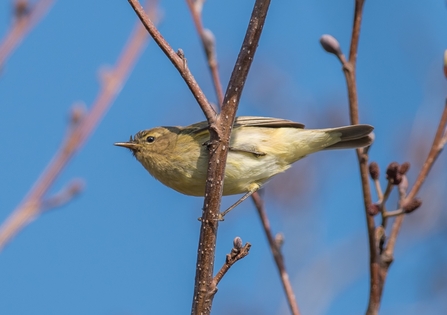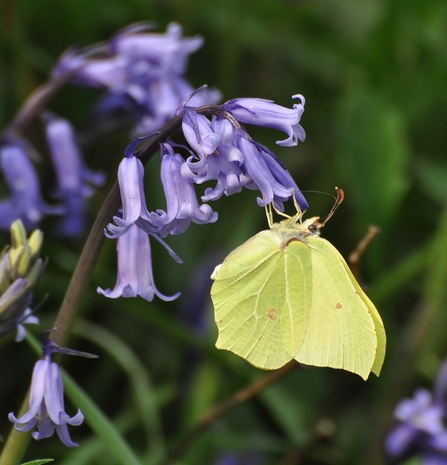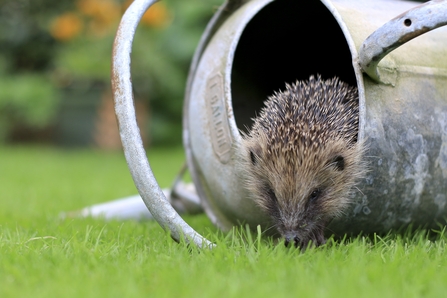As we mark the start of British Summer Time, the days get longer and warmer, nature starts to shake off the cobwebs of winter. You can sense the excitement in the air as spring takes hold and the end of hibernation dawns. The awakening begins slowly, with the few early risers emerging first. Then, as temperatures keep increasing, more and more animals, insects and plants join in the annual celebration of new beginnings.
The first budding leaves and flowers are a clear sign of the change. The nodding, white snowdrops start poking through frosted soil as early as January. The hardy primrose can sometimes be spotted even earlier, in December. The bright yellow daffodils and lilac blue bluebells join a bit later, in March and April. The familiar shrubs of blackthorn burst out in gorgeous white blooms around the same time.
Spring is also announced by an increasing chorus of birdsong. The distinctive high-pitched melody of the great tit can already be heard in January. The morning song intensifies by mid-March as more birds seek to attract mates and claim territories. Listen out for skylarks, song thrushes, robins and blackbirds, as well as the migrant chiffchaffs and warblers.




